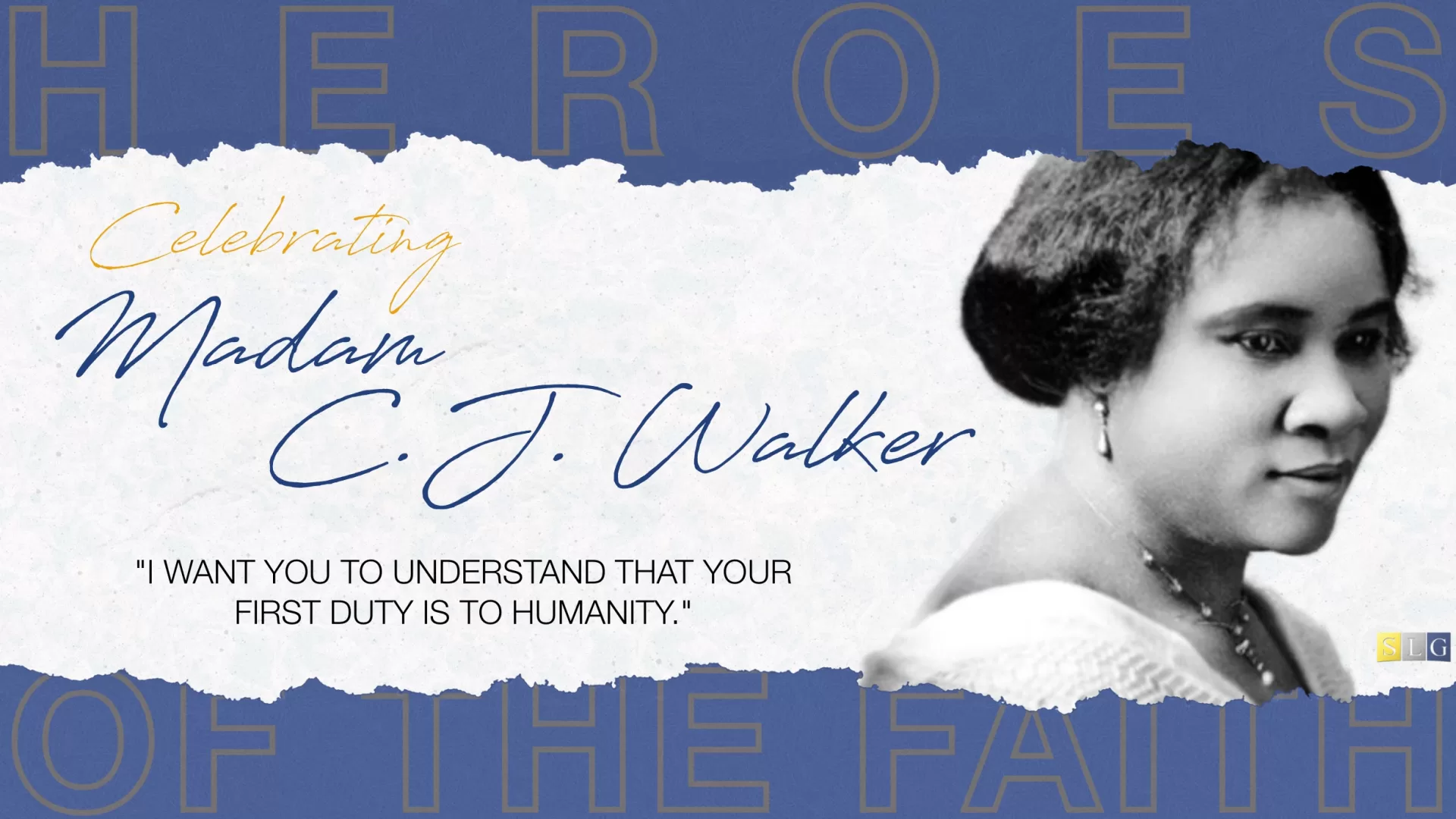The author of this book review, Sal Biondo, served as a 2024 Wilberforce Fellow.
The transgender revolution is upon us. Not only that, but it’s well past the beginning stages. Christians everywhere are now faced with an extremely difficult maze of gender ideology to navigate. In his book How Should We Think about Gender and Identity, Robert Smith examines the new thoughts of today’s society, and provides a Christian perspective on how act in a world of gender confusion.
The book begins by describing different gender terms used by members of the Lesbian, Gay, Bisexual, and Transgender (LGBT) community. These included anything from gender-bending (adopting the mannerisms of the opposite gender), to intersex (a biological ambiguity regarding genitalia or gonads), to transgender (a person whose biological sex conflicts with their gender identity). After the clarification of these terms, Smith moves on to analysis contemporary gender ideology and its drastic changes to our culture.
The book quickly shows the problems and inner-conflicts within the LGBT community. Some advocates say that their gender is a fluid and constantly evolving thing, and is therefore impossible to label. Others in transgender circles have a strong sense of gender being binary, but that they were just born in the wrong body. Even with the turmoil inside this group, the common ground between LGBT has led to a self-identifying mindset (If you say you’re transgender, then you must be transgender). In essence, there is no real correlation to gender and sex, and the fact that so many people fall perfectly into either a male or female category is pure coincidence. Instead of acknowledging that a very low percentage of individuals are experiencing gender dysphoria or gender incongruence, members of this new revolution have created a never-ending spectrum of possible identities.
After covering the many factions of the LGBT community and the problems of accepting their views on gender, Smith analyses how a Christian should respond to this revolutionary view of gender norms. This process starts with the clarification that sex is binary. This can be seen in Genesis 5:
“When God created man, he made him in the likeness of God. Male and female he created them, and he blessed them and named them man when they were created.”
This piece of scripture clearly shows that there is no third sex. Next, Smith looked at the Biblical connection between sex and gender. Genesis 2 states the following:
“Therefore man shall leave his father and his mother and hold fast to his wife, and they shall become one flesh. And the man and his wife were both naked and were not ashamed.”
This referral to Adam and Eve as the nouns man and woman stands as a clear example of biological sex confirming a person’s objective gender.
Smith successfully dismantles each revolutionary gender view of today with biblical context, so that Christians can have a clear view of the objective truth. The book explains how being intersex does not constitute a third sex, that it is impossible for someone to be born in the wrong body, and how God condemns cross-dressing and the blurring of gender roles. All of this concludes in the view that true gender dysphoria should be regarded as a psychological disorder. There is no biblical or scientific evidence to claim that people can have the brain or soul of one sex and the physical form of another. With this information in mind, Christians have a duty to stand up for the truth, even if this means persecution or imprisonment. For, if nothing is done, “today’s uncontested folly becomes tomorrow’s wisdom.” We must pray. We must expose the wrong. We must not be silent.









